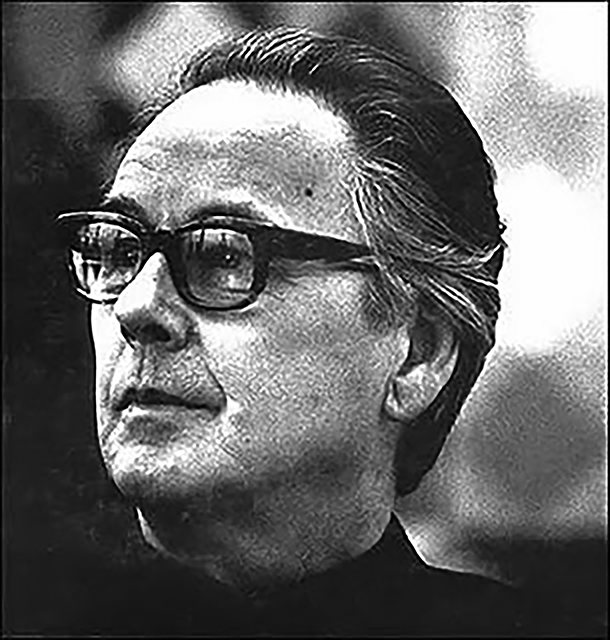

By the end of the 1950s Victor Vasarely was working with small square units, in metal or plastic, on which squares or circles were printed, as well as trapezoids, diamonds and ovals. By assembling these in what seemed to be an infinite number of variations, the artist could play local colour and pattern events against the optically induced larger forms of the whole.
Mohamed Farsi met Vasarely in 1981: ‘From our first conversation, I sensed his youthful, vigorous and enterprising spirit. He was enthusiastic about continuously presenting new ideas so as to keep pace with our fastmoving world, and believed that as new art materials became available they should be used on advertising hoardings, at subways stations, bus stops and the like. Popular culture, he argued, should be seen by the people – wherever they might be.’

Victor Vasarely was born in Hungary and trained in the design aesthetic of the Budapest Bauhaus in the late 1920s. He moved to Paris in 1930 where he worked as a graphic and commercial artist, mainly designing posters.
He produced his first optical works around this time, but did not develop his characteristic geometric abstract style until the early 1950s. He is now recognised as a pioneer of postwar optical painting – Op Art – with compositions based on a continual interaction between different kinds of pattern repeated in a wide range of permutations. He invented what he called the ‘unite plastique’: a geometric module of colour and form which, like the letters of the alphabet, could be combined in an almost endless number of variations.
In 1970 he founded a museum of his own work in the Provencal village of Gordes, with the aim of studying ‘one of the major problems of today: "The integration of the arts within society"’. Six years later the Vasarely Foundation was established in the city of Aix-en-Provence, France.